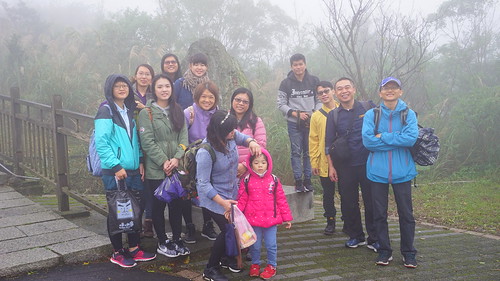This big difference in activity of EA depending on the cell sort or physiological state of the mobile may be even more explored. Luteolin, the next molecule of group 3 with recognized likely anticancer exercise is a bioflavonoid (3′,4′,five,seven-tetrahydroxy-flavone) located in different vegetation, which includes dietary foods veggies. The molecule displays antimicrobial, anti-inflammatory, antioxidant and anticancer pursuits [12224]. The efficacy of the molecule depends on a assortment of mechanisms as reviewed in [122, 12527]. More not too long ago, apoptosis and inhibition of the JAK/STAT3 pathway in cholangiocarcinoma [128], upregulation of miR34a in gastric cancer cells [129], apoptosis and upregulation of Fas signaling in Hep-two cells [a hundred thirty], apoptosis and interference with PI3K/Akt/ mTOR signaling in non-tiny cell lung most cancers [131], mobile cycle arrest and apoptosis of liver most cancers cell strains [132], ROS technology and intracellular copper mobilization in distinct cancer mobile kinds [133] and inhibition of cyclin G-connected kinase in Laptop-3 prostate most cancers cells [134] have been documented for luteolin. Effective concentrations range, relying on the mobile type and the time of publicity, in between eight and 50 M. Regarding neural cancers, it was proven that beneath non cytotoxic doses (one hundred fifty M), luteolin interferes with GBM mobile migration [one hundred thirty five]. Only 1 publication bargains with luteolin outcomes on glioma stem-like cells and displays that treatment of U251 glioma stem-like cells with ten M luteolin drastically inhibits their sphere forming abilities [136]. In the current examine, cytotoxicity of luteolin at concentrations beneath a hundred M was only observed for GSCs in the quiescent state, pointing to differences in signaling pathways between the two states. The existing examine also discloses a increased resistance of proliferating GSCs in the direction of luteolin in comparison to other cells analyzed in the literature (which, with one exception, were non stem-like cells). Interestingly, underneath the concentrations examined, luteolin did not present any result on astrocytes and HEK 293 cells and higher concentrations are essential to influence f-NSCs. Therefore, by way of its pleotropic targets, luteolin appears as a possible therapeutic agent, but a bad pharmacological resource which does not allow greater information of GSCs’ pathophysiology. No cytotoxicity or antiproliferative activity in direction of most cancers cells was attributed so far to the remaining compounds discovered in our screening, i.e. suloctidil and lynestrenol in group one and 22978-25-2 bisacodyl and progesterone in team 3. Suloctidil is a vasodilator and anti-platelet agent that has just lately been found in a repurposing screen at 50 M to have fungilytic activity on Cryptococcus neoformans (a house shared with several other molecules identified in the current display, particularly perhexiline, tamoxifen, amiodarone and sertraline [137]. Even so, as opposed to the other molecules, no antitumor activity has been documented for this compound. Its action profile on GSCs and non-most cancers cell strains is equivalent to the a single observed for perhexiline, amiodarone or sertraline, which have been documented as influencing most cancers mobile  survival. Thus, at concentrations in the reduced micromolar variety, suloctidil may be regarded as as a cytotoxic agent, with no specificity toward cancer cells. The stimulant laxative bisacodyl appeared in24074843 this study as a molecule with hugely selective cytotoxicity towards GSCs in their quiescent state and no adverse impact in the direction of non-cancer neural cells.
survival. Thus, at concentrations in the reduced micromolar variety, suloctidil may be regarded as as a cytotoxic agent, with no specificity toward cancer cells. The stimulant laxative bisacodyl appeared in24074843 this study as a molecule with hugely selective cytotoxicity towards GSCs in their quiescent state and no adverse impact in the direction of non-cancer neural cells.